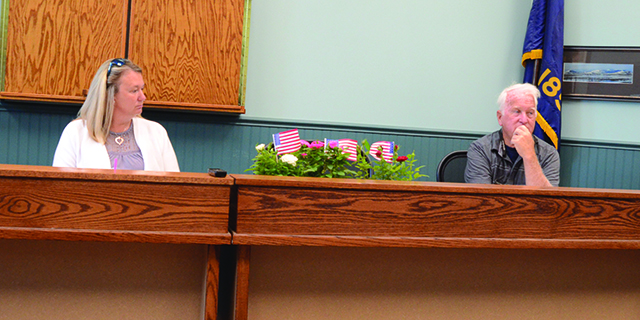Rural white women face declining lifespans
Published 8:00 pm Tuesday, April 19, 2016
Middle-aged white women in places like Eastern Oregon are dying long before they should — a reversal in decades of improving life expectancy in the U.S.
Delving into government and academic data, The Washington Post recently published a deeply troubling look at how addictions, depression and other factors cut decades from the lifespans of women, especially in America’s countryside and small towns.
Trending
“From 1990 through 2014, the mortality rate for white women rose in most parts of the country, particularly around small cities and in rural areas. Rates often went up by more than 40 percent and, in some places, doubled,” the Post reported.
Much of Eastern Oregon is in the worst quartile of excess death rates — above 40 percent. East of the Cascades, only Deschutes County has seen declining death rates in the past two decades.
According to the Post, for every 100,000 women in their late 40s living in U.S. rural areas, 228 died in the year 2000. “Today, 296 are dying,” the Post reports. “And in rural areas, the uptick in mortality was noticeable even earlier, as far back as 1990. Since then, death rates for rural white women in midlife have risen by nearly 50 percent.”
This “corrosion of American health” is driven by several factors, chief among these being rising rates of opioid and heroin addiction, alcoholism and related diseases like cirrhosis of the liver, suicide, smoking and obesity. The suicide rate has more than doubled for rural white women ages 50 to 54, for example.
These deaths of all varieties are an end result of unique downward spirals of illness, often tied to poverty and absence of much to feel optimistic about. “There are millions of people underneath these (death statistics) who are in pain,” one expert said.
Separate research published recetly in The Journal of the American Medical Association finds a stronger-than-ever connection between low incomes and unhealthy lifestyle choices when it comes to living longer. This research discovered that local attitudes and policy choices can have a substantial positive impact.
Trending
The infamous “Rural-Urban Divide” sometimes only seems like a rhetorical tool ginned up by the political hate-meisters of talk radio. However, there is legitimate pain on America’s back roads. Attention must be paid.









